The content of the article
Parents who are just waiting for a baby, caring for a child seems a simple and easy task. They are happy to buy a stroller and bath, bottles and cute little things. And then comes the moment when the newborn is discharged home, and then mom and dad understand that this tiny creature is scary to pick up, and there can be no question of bathing. No panic! All parents take a young fighter course, so you need to listen not only to advice, but also to your own intuition.
We buy a bathtub for bathing
The immunity of newborn babies is weak and vulnerable, so they can not be bathed in a normal adult bath. Even if a caring dad cleaned it several times and disinfected it, dangerous infections and germs could remain inside.
In the children's store they sell special plastic bathtubs designed for babies. They are classic and anatomical. The first variety is a small copy of an adult bath, which will suit both the baby and the one-year-old baby. Classic options have different sizes and shapes, but mom will have to constantly support the newborn’s head while swimming.
In the anatomical baths there is a special slide with a rubber coating, thanks to which young children do not slip into the water. The head remains on the surface, so parents may not worry that the baby will drink soapy liquid or choke.
There are also baths resembling a basin with high sides in shape. Manufacturers claim that it is in such models that it is easier for newborns to get used to water procedures, because they mimic the shape of my mother’s abdomen. It is difficult to find such varieties, and after a few months you will have to buy a larger bath.
About Material
Bathing accessories can be made from ordinary plastic or antibacterial. The last variety is covered with a layer of a special substance that destroys microbes and bacteria. Parents do not have to wash the walls and bottom with cleaning products after each bath. They recommend buying antibacterial baths for newborns who have dermatological diseases, such as allergies or rashes, from the first days.
When to introduce your baby to water
In the first days after discharge, parents are advised to wipe the baby with wet rags or soft sponges. Until the child is at least 2 weeks old, he should not be put in water, because the umbilical wound may not heal enough and soften during bathing. On days 14–15, if a new family member feels well, they are allowed to show the newborn some water and dip in it for 5–7 minutes.
Children who were born in the warm season are recommended to bathe daily. In late spring and summer, the kids sweat a lot, so their pores get clogged and inflamed acne appears on the skin. In winter, 2–4 water procedures per week are sufficient, and the rest of the time babies are wiped with damp rags and washed if necessary.
It is important that the first bath is not stressful for the newborn. The child can not be sharply lowered into the water so that he is not afraid. How well the hygienic procedure will take place also depends on the mother’s mood, therefore it is recommended to prepare towels, a ladle, baby clothes and other accessories in advance so as not to fuss and just enjoy talking with the child.
Tip: Pediatricians recommend bathing your baby in the evening.Warm water relaxes and soothes, so the baby will sleep longer and better at night. Carry out hygiene procedures on an empty stomach, and after rubbing and drying the newborn should be fed with a mixture or breast.
We collect a bath
Water must be boiled so that it is as sterile as possible. It is advisable to allocate a separate large pan for the needs of the child, which is washed well. Clean the new bath with soda, because it is not known how many hands she had to go through before getting on the store shelf.
Pour water into a plastic container and try. If it is too hot, wait until it cools to the desired temperature. It is impossible to add cold "crude" liquid in which bacteria live. The only exception is a cooled herbal decoction, but before using any plant, you should consult a pediatrician watching the newborn. The optimum temperature for bathing water is 37–38 degrees, not more.
If a:
- The baby's skin turned red, and the baby begins to cry, he is hot and needs to wait until the bathtub cools down.
- The body of the newborn was covered with pimples, and the baby is naughty, he is cold and the degree should be increased.
Tip: Did a water thermometer seem like a waste of money? It does not matter, our grandmothers did without this device. A bare elbow should be immersed in the bath. Did you feel anything? Great, it's time to bathe the baby. If it’s hot, then wait, and it’s cold - add boiling water.
For the first time, you do not need to add potassium permanganate or herbal decoctions. The baby is getting used to the new environment, why scare him with strange smells? In addition, the disinfectant solution may be too aggressive for the baby’s delicate skin. Instead of potassium permanganate, previously used pure silver coins or spoons. Immerse the precious metal product in the bath and leave it for 10-15 minutes, then remove and bathe the child. Silver destroys bacteria no worse than manganese, but much safer for a newborn.
Decoctions: to cook or not to cook
When the first baptism takes place and the child gets used to the bath, herbal decoctions can be added to the bathing water. It is advisable to use plants 2-3 times a week, not daily. First, conduct a small test and grease the skin on the handle or leg with a small amount of broth. No rashes or redness? The children's body normally responds to a new supplement.
What herbs to use? Depends on the nature of the baby and its state of health:
- restless and moody babies recommended valerian root or lavender;
- for babies with seborrhea, crusts and rashes, a series is suitable, but the child should bathe in it no more than once a week, otherwise the skin will become dry and begin to peel off;
- newborn girls are advised to add chamomile broth to the bath, which soothes and protects against gynecological diseases;
- diaper rash and prickly heat treats oak bark;
- peppermint is indicated for scrofula and irritation;
- nettle will help strengthen immunity and improve the condition of the scalp;
- baths with St. John's wort are prescribed for staph infections and diathesis rash.
- You can not bathe a child in a decoction of:
- tansy and celandine;
- wormwood and broom;
- citrus fruits.
It is better to buy grass for decoctions in pharmacies. You can not combine more than 4 components, and for the first time use one plant. Decoctions are not combined with shampoo or gel, and after bathing the baby, rinse thoroughly with clean water from a pan or other container.
Getting ready for hygiene
A plastic bath can be placed on a table or several stable chairs so that it is convenient for parents to wash their baby. Place a washcloth or piece of soft cloth, diapers and a bath towel nearby. Special models with hoods are sewn for babies to protect the newborn’s head from cold and drafts.
With a plastic bucket, it is easier to collect water and wash off the foam from the child. It is advised to choose light and bright models that attract the attention of the baby and amuse him. After water procedures, it is easier to clean the dirt from the baby’s nose and ears, remove the crusts from his head, so mom should have cotton pads or flagella on hand, scallop with small cloves.
Buying the right makeup
Do not use adult gels or antibacterial soap for bathing your child. Children's cosmetics are softer and safer with a minimum amount of chemical additives. What should be in the arsenal of young parents?
- gel or liquid soap, can be replaced with foam;
- shampoo marked "No tears";
- oily cream or oil to moisturize the skin of the newborn after hygiene procedures.
Proper children's cosmetics has a mild aroma or does not smell at all, and its composition includes herbs that soothe and prevent allergies and irritation.
It is advised to add a little gel or soap to the water, beat until foam is formed, and then immerse the baby there. You do not need to apply detergent to the skin of the baby, it is too gentle for direct contact with such compounds.
We bathe the child for the first time: how does this happen
A newborn can be frightened or start to be capricious, so all the movements of the parents should be slow and confident. First, he is stripped and pressed for a minute to calm and relax. Then they wrap them in a thin diaper, in which the baby is lowered into the bath. So it will be warmer and more comfortable.
When the baby gets used to the water, the diaper is unfurled, freeing the baby's arms and legs. Let him touch the foam, splash a little in the bath. The next stage is bathing itself.
- While the water is clean, the baby is washed gently. Eyes, ears and nose remain dry.
- With a wet washcloth, wipe the neck and arms, thoroughly clean the armpits and chest with the tummy from sweat and dirt. Get down to the legs and inguinal zone.
- The girls' genitals are gently wiped with a cotton swab dipped in soapy water. Move from the navel to the anus. If on the contrary, an infection can enter the urinary canal and genitals. In boys, a crease is wiped under the foreskin, but the skin itself is not pulled much so as not to injure it.
- It remains to turn the baby over and wash the back and bottom, rinse your legs and heels.
The head of the newborn is washed with hands, and the foam is washed off with a thin stream of water from the bucket, which moves from the forehead to the back of the head so that the shampoo does not get into the eyes. A clean baby is wrapped in a large terry towel. Wipe the child dry, not forgetting the folds, genitals and armpits. Treat the inguinal zone and the ass with powder, put on a diaper and smear baby skin with cream or oil.
Tip: If the baby begins to whimper during wiping, you can give him a chest. When the newborn calms down, continue hygiene.
Get out of the bath: what's next
The baby is dressed in warm pajamas, her hair is thoroughly combed and a cap is pulled on top so that the baby is not blown. Wipe your eyes with cotton swabs dipped in boiled water. Carefully clean the ears and nose with flagella.
Lubricate the crust on the head with a fat cream and gently comb. If her pieces are separated without problems, then she is "ripe" and well soaked. Treat the skin after the procedure with peroxide. Does the crust comb out poorly, does redness or small wounds appear? You need to stop and wait a few more days.
We must not forget about the umbilical wound, which is thoroughly cleaned and disinfected after each bath. How to handle this part of the body correctly, a pediatrician should tell and show mothers.
Parent Tips
- When the child lies on his back while swimming, his head must be supported with his elbow or a special stand should be placed under it.The neck of the newborn and the chin can be in the water, the main thing is that the liquid does not enter the mouth and ears. The baby, turned upside down, is placed on his hand with his stomach, and the head is held with his palm.
- To keep the baby fun and calm, parents constantly talk to him, tell rhymes or sing songs.
- Foam needs to be washed off very carefully so that it does not remain on the skin and does not clog pores.
- When the umbilical wound is healed and the baby gets stronger, mom can bathe with him in a large bath. A woman undresses, leaving only her underwear, lays in water, and lays a naked child on top of her stomach.
Bathing a newborn will be a pleasant and fun activity if parents accustom the baby to water and a washcloth. And so that he liked the hygiene procedures, he did not cry and was not capricious in the bathtub, adults should do everything harmoniously and confidently, without doubt and trusting themselves and the child.
Video: newborn’s first bath

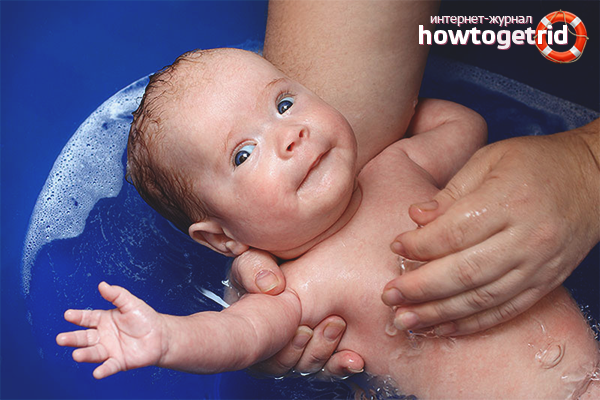
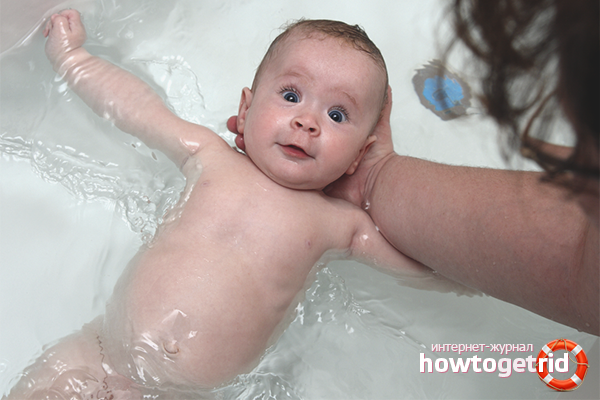
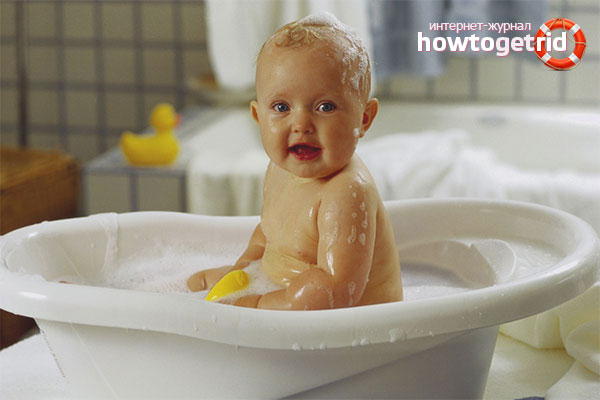
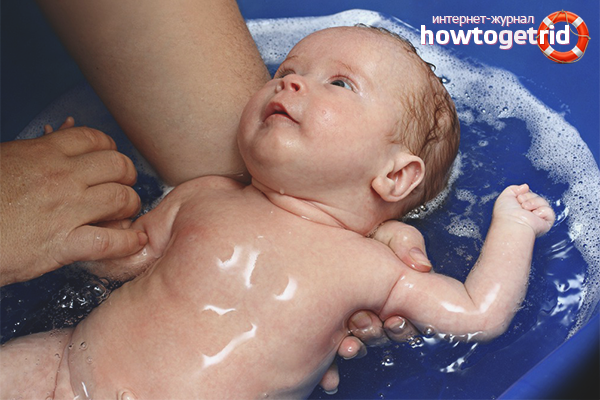
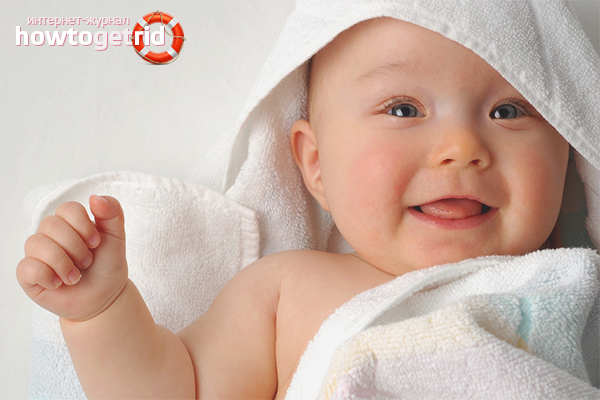
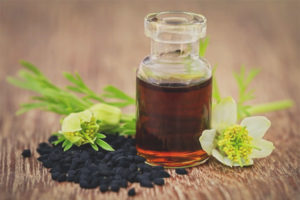
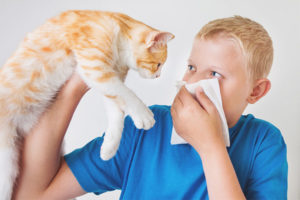
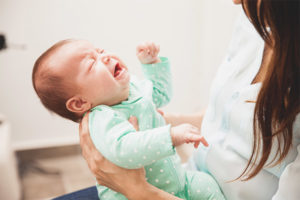

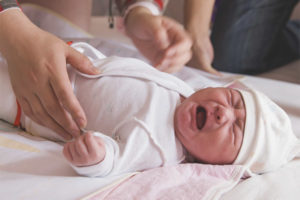
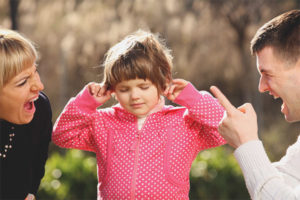
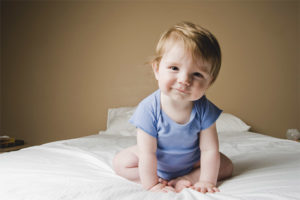
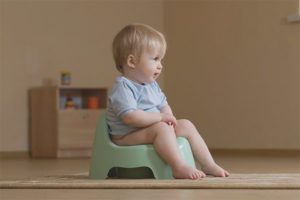
Submit